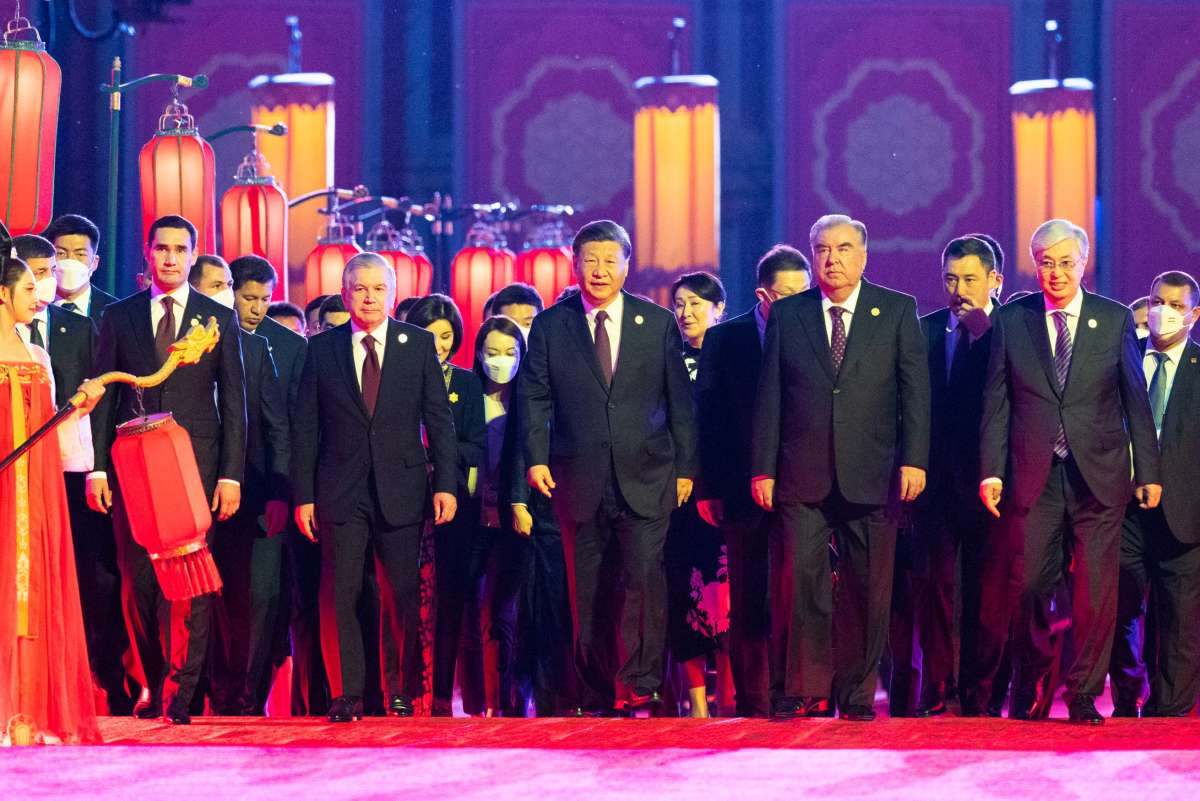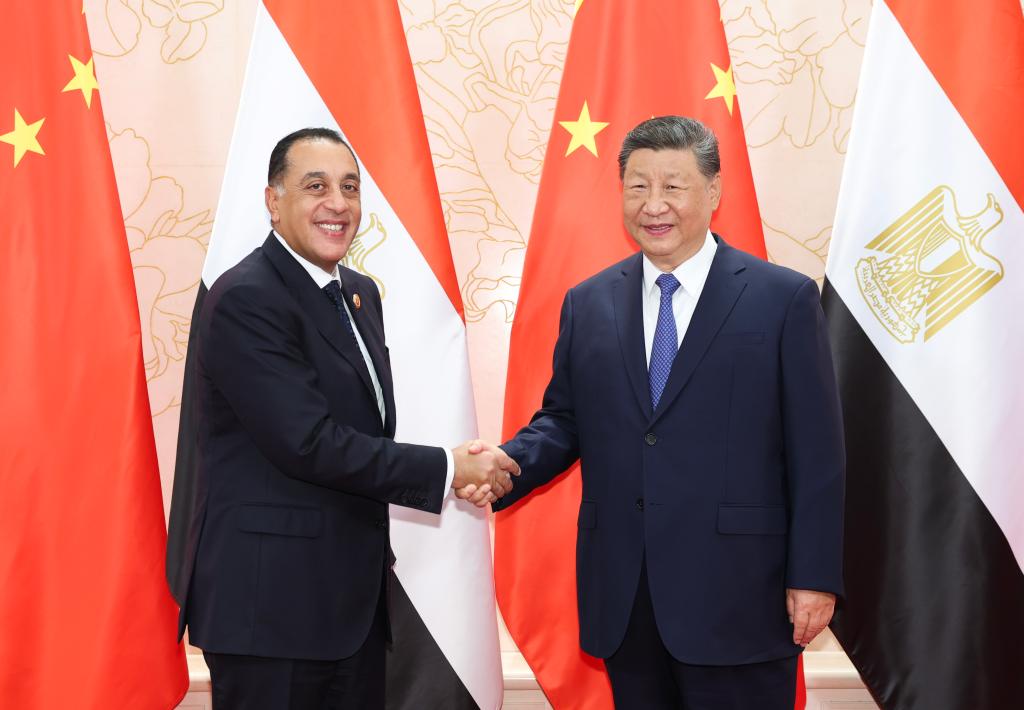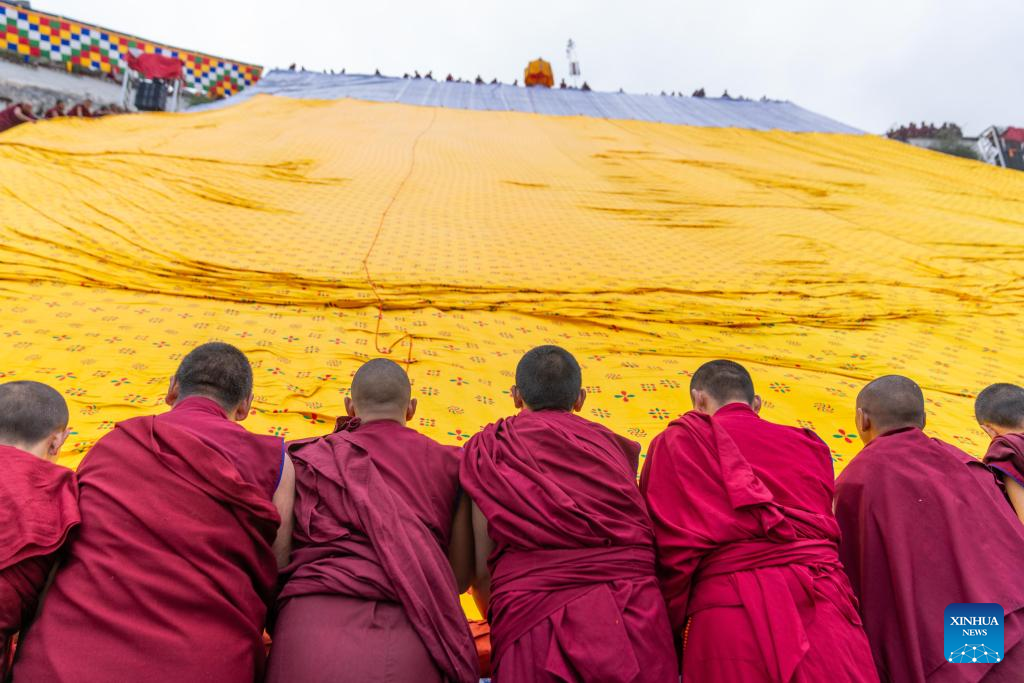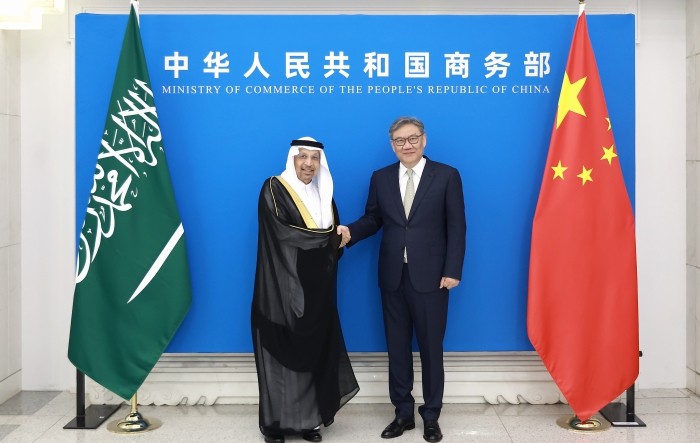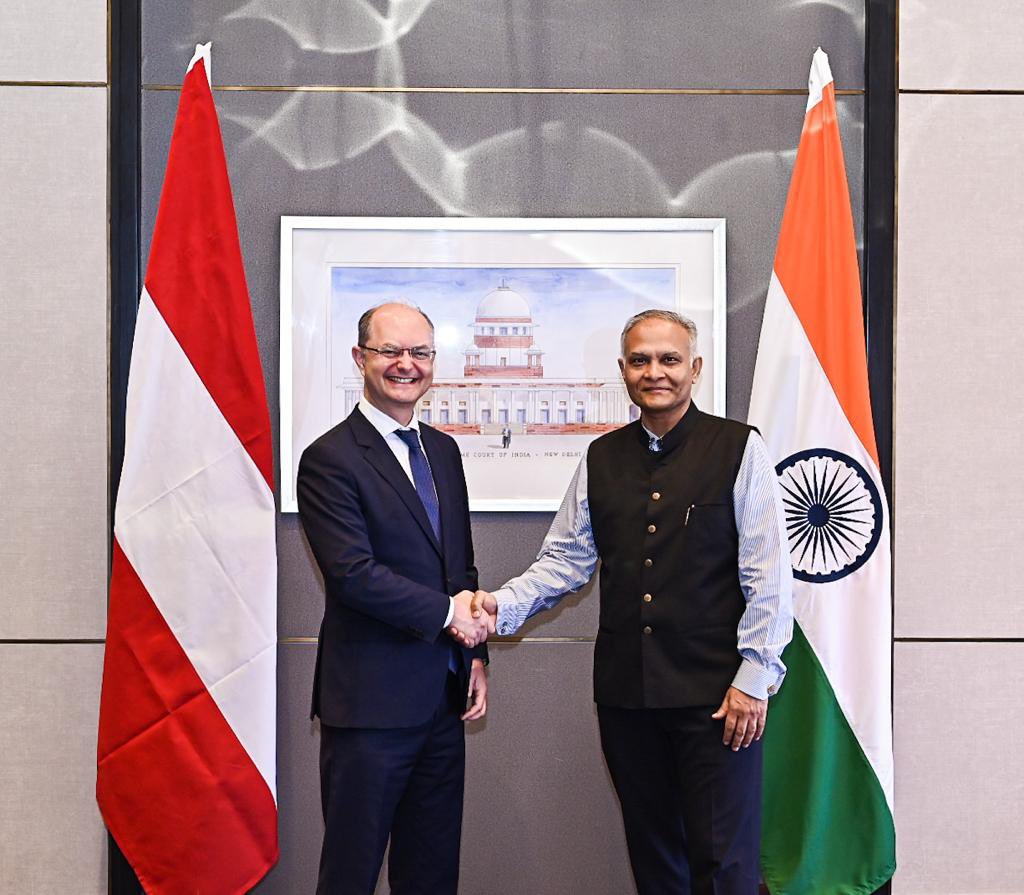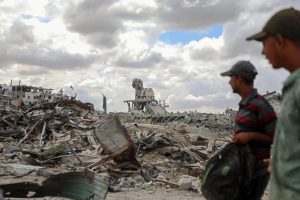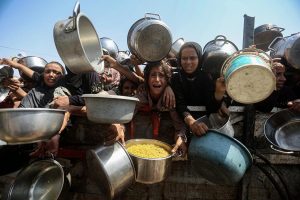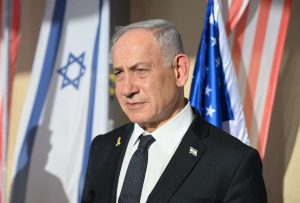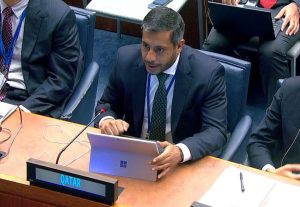Chinese President Xi Jinping has promised 26 billion RMB – approximately 3.6 billion USD – in grants and financial assistance for development of the Central Asian region, writes Aditi Bhaduri
China recently held a two-day summit with the heads of state of the five Central Asian states in Xi’an – where the ancient Silk Road began. In attendance were President Kassym-Jomart Tokayev of Kazakhstan, President Sadyr Japarov of Kyrgyzstan, President Emamoli Rahmon of Tajikistan, President Serdar Berdimukamedov of Turkmenistan, and President Shavkat Mirziyoyev of Uzbekistan. In Xian, China promised more investment, enhanced security and development assistance to Central Asian states, which thanked Beijing for building infrastructure networks in the region, boosting trade and understanding their challenges.
Saying the world needs a “stable, prosperous, harmonious and inter-connected Central Asia,” Chinese President Xi Jinping warned of “external attempts to interfere in domestic affairs … or instigate colour revolutions” and urged the CARs to have “zero tolerance” for terrorism, separatism and extremism. “China is ready to help Central Asian countries strengthen law enforcement, defence … and jointly promote peace and reconstruction in Afghanistan,” the Chinese President said.
At the summit, Beijing promised to increase trade volumes and develop a number of infrastructure and connectivity projects like the Line D of the China Central Asia natural gas pipeline, the trans-Caspian international transport corridor and the China Kyrgyzstan Uzbekistan railway were made. Xi also promised 26 billion RMB – approximately 3.6 billion USD – in grants and financial assistance for development of the region.
This is the first in-person summit of Chinese and the Central Asian heads of states. Last year, China convened its first summit, rather hastily and just on the eve of India’s first India-Central Asia summit, but it was conducted in a virtual format. This year’s summit also coincided with the G7 meet in Japan, where China’s “economic coercion” was called out, with British Prime Minister Rishi Sunak saying that China posed “the greatest challenge of our age” in regards to global security and prosperity. No doubt the summit was a strength of show for China. Also not to forget, all the heads of the Central Asian states will also be visiting India in July for the Shanghai Cooperation Organisation (SCO) Summit.

Yet, the summit could be more show and rhetoric than substance. Undoubtedly, China is an important neighbour and economic partner for the countries of the Central Asian Region – it continues to be the largest trade partner for most of them. With Russia, the net security provider of the region, and for whom the Central Asian Republics (CARs) constitutes its sphere of influence preoccupied with Ukraine and under sanctions from the West, China has come to play an even greater role in the economy and trade of the five countries, with trade volumes amounting to 70 billion USD in 2022. It remains the primary source of credit and loans in the region, which has become a double-edged sword for the CARs.
While these loans have been coveted – most of the Central Asian countries, envisaging development and economic prosperity, enthusiastically signed up to the ambitious Belt and Road Initiative (BRI) – unveiled a decade ago in Kazakhstan, they have put countries of the region like Kyrgyzstan and Tajikistan heavily in debt to China. China’s share in their external debt in 2020 was 45 and 52 percent respectively. Just as the turmoil that unfolded in Sri Lanka last year because, Akylbek Japarov, the chairman of Kyrgyzstan’s cabinet of ministers was reported as reminding parliament of Kyrgyzstan’s need to pay its public debt.
While Kazakhstan, the largest and most resource rich country in the region, received the bulk of Chinese investments in the region, research carried out by AidData AidData, a research lab at William & Mary’s Global Research Institute, found that more populous districts and those with natural gas pipelines were the most likely recipients of Chinese financial diplomacy dollars in Central Asia (as in South Asia). In Kazakhstan’s case it was the China-Central Asia Gas Pipeline. Kazakhstan is among the 10 countries whose hidden debt to China amounts to more than 10 percent of GDP.

Moreover, benefits from Chinese investments in the CARs, like in Pakistan or in Africa, usually go back to China. For instance, in January 2020, thousands of Kyrgyz villagers protested a proposed logistics hub – meant to be a major stage-post in the BRI – in Naryn, funded by the Kyrgyz-Chinese enterprise At-Bashi SEZ because imported Chinese labour was taking away their jobs. The government withdrew support for this project. A year earlier 500 Kyrgyz villagers entered the site of a mine in eastern Kyrgyzstan operated by a Chinese company and fought with its Chinese workers.
In Kazakhstan there have been frequent protests against Chinese investments and businesses, as well as clashes with Chinese migrant labour. In 2016 the government had to roll back a proposed law to allow foreigners to rent agricultural plots for up to 25 years in the face of popular protests fearing Chinese takeover of Kazakh territories.
In countries like Tajikistan, the inability to pay its debt has resulted in Chinese takeover of lucrative gold mines and more recently of a military base. But there has been no debt relief announcements by China as it did recently for some African countries in similar debt to it.
Turkmenistan, which is the only country in the region to have a positive balance of trade with China, has been pushing for the Turkmenistan Afghanistan Pakistan India (TAPI) gas pipeline as it wants to reduce export dependency on China and diversify its export market.
The opaqueness of Chinese investments and terms and conditions have fed into the local fear and resentment against China. A two years of survey data collected by Central Asia Barometer an independent pollsters based in the region only 7 percent of Kazakhs and 9 percent of Kyrgyz “strongly support” China developing energy and infrastructure projects in their countries. While 65 percent of Uzbeks said they “strongly support” Chinese energy and infrastructure development in 2019, in 2020 now only 48 percent did. Those who counted themselves “strongly opposed” grew from 2 percent to 10 percent in 2020.
On the other hand, China’s persecution of its Uighur population and its crackdowns in Xinjiang province have also fuelled anti-China sentiments amongst many of the local populaces in CARs, especially in Kyrgyzstan and Kazakhstan where communities have ethnic and religious ties with China’s Uighurs, Kazakh and Kyrgyz minorities.

According to Central Asian expert Oyuna Baldakova, China is more popular with elites than with the public in Central Asian countries like Kazakhstan, with what she terms “warm politics, cold public”.
Therefore, while the summit was high on rhetoric, with gushing editorials in the Chinese media, it is doubtful how much of the promises and pledges made will materialize. The Chinese economy has slowed down because of first Covid and then with the Ukraine war and sanctions on Russia. The Central Asian countries have also had to turn to China because the war in Ukraine has triggered wariness in the region, given the borders that Russia shares with countries like Kazakhstan, and the spectre of a possible Ukraine-like scenario there in future. They would now not want to come under increased Chinese dominance as an overt economic dependence on it would herald. China has had irredentist claims on a number of countries in the region that it borders with. While borders have been demarcated with Kazakhstan, with Tajikistan, and with Kyrgyzstan, in each case countries have ended up ceding territory. This has naturally instilled a fear of Chinese expansion in the publics of the region.
The countries are following a process of slow reforms, and democratization. Uprisings last year in Tajikistan, Kazakhstan, Uzbekistan prove that public sentiments do impact governance and society, and “warm politics, cold public” may not work for too long.
Emerging from the rubble of the Soviet Union, the CARs are slowly coming into their own after centuries. Kazakhstan famously coined the term – “multi-vectoral” foreign policy where, moving away from Russia’s shadow, it would forge relations with other powers as well. Countries of the region aspire to this multi-vectoral policy. There is a role for India to play here.

